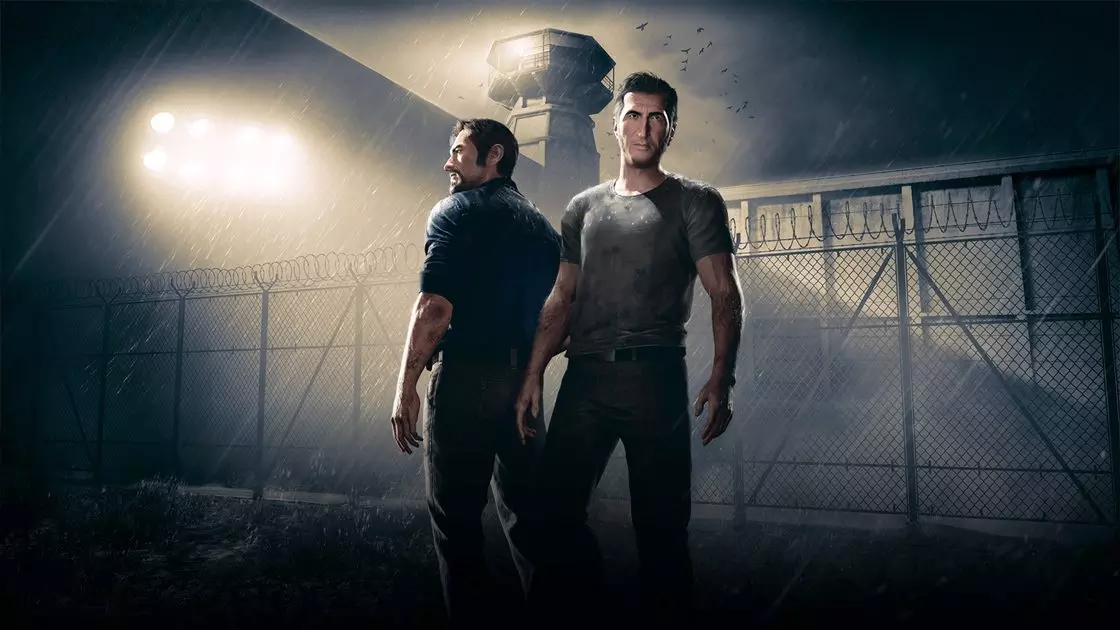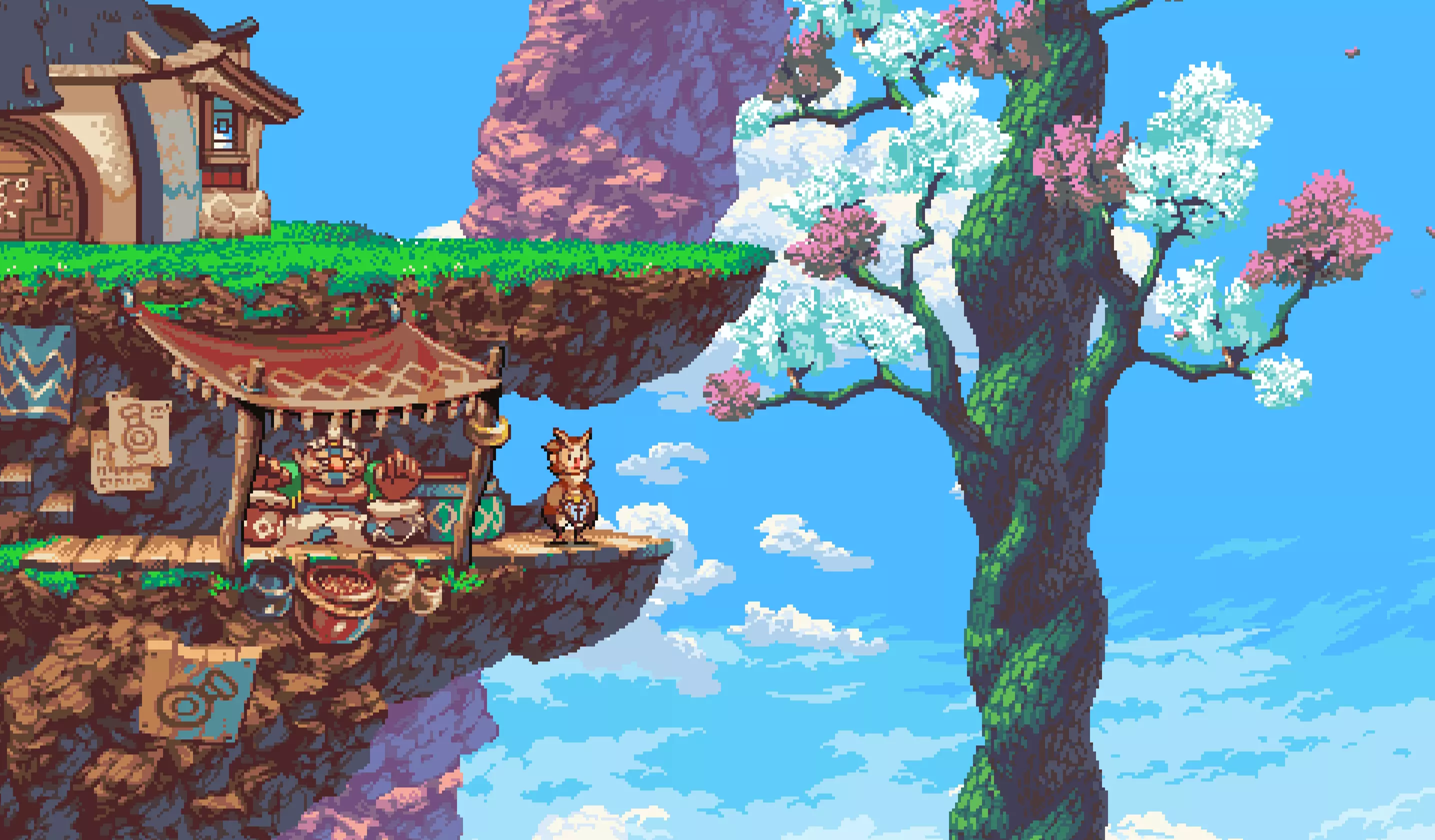A journey through space
Videogame inventory systems are often used but rarely thought of afterward. If inventory management can be notable, however, the Resident Evil series certainly has some of the most famous systems to its name.
Historically, Resident Evil restricted the number of items you could carry to a measly 6 or 8, depending on your character. The restriction made inventory management an ongoing challenge, one where you had to weigh the potential for progression against your arsenal. Do you take extra ammo now or save space in case you find a key item?
In the oldest entries, chests in every save room helped counterbalance the limited personal carry, allowing you to stash items you didn’t need and grab them later from any other save room.
Resident Evil 4 made inventory management more of a puzzle. Protagonist Leon S. Kennedy no longer had the benefit of magic chests in his second series outing. Instead, he carried a grid-based weapons case in which you had to smoosh everything you wanted to carry. Every item or weapon used a bunch of squares on your grid and came in varying shapes, leaving you to make the most of the available space by moving, spinning, and combining your items.
That inventory management system is the entire basis of Fractal Projects’ indie puzzler, Save Room.
Take the shotgun approach
No items left behind
The concept is simple. Each of Save Room’s levels gives you a differently shaped, partially-filled grid on the left-hand side of the screen. On the right, you have a sorting pile full of items you must cram perfectly into the left.
There are a few rules: You can’t leave any items behind, you must end the level with all guns at least partially loaded, and you must have full health.
Rather than simply being a shape-sorting puzzle, most levels lumber you with more items than space. That’s where Save Room leans heavily into Resident Evil’s other legacy inventory mechanics.
To reduce item numbers, you must combine ammo (or gunpowders to create ammo), mix healing items, load weapons, and even consume items to - as the game’s name implies - save room.
The use of health as a strategy was an unexpected but welcome surprise, resulting in a handful of interesting gameplay wrinkles I won’t spoil as finding solutions is pretty much all of Save Room’s fun. Plus, there are not many other gameplay wrinkles to experience.
That’s because what makes Save Room so novel is also what hurts it the most. Its love of the source material is very evident, but its unwavering loyalty to the Resident Evil series prevents it from getting too crazy or experimental with its solutions. And though I exclaimed ‘oh that’s clever’ a couple of times, it didn’t surprise me nearly enough.
Across its 40 levels, the first 10 aside, the difficulty never really ramps up. Sure, it introduces some ideas incrementally, but once I’d settled into a pattern, a priority order of how I sorted its wares, I didn’t find many challenges unless I misread something.
As the concept’s nature means there’s only so far you can take it, it’s a strength Fractal Projects knew the limits and kept things short but sweet. Save Room, 2 hours long at most, ended well before its novelty could.
Success!
On the subject of its inspiration, I always love to see the passions of others coming through in their work, especially when they share mine. Fractal Projects’ passion for Resident Evil is indisputable and clear in every single aspect of its design.
I beamed when the title screen said “Save Room” aloud in that booming tone (you know the one). I gave a knowing nod when Steam achievements popped up calling me ‘Stranger’. Its subtle, piano-driven music should be a trigger for any veteran Resident Evil fan, causing that weird blend of relief and unease you’d get after discovering a new save room.
These and its other ‘Resident Evilisms’ are definitely a pleasant veneer for people of the right age, but they’re merely a nod and wink that mask a fun but limited puzzler.
Andy’s offshoots
On its visual design, Save Room’s credits make it clear some imagery, particularly its weaponry, was purchased from asset libraries. Some people can get funny over purchased assets, but it doesn’t detract from the overall or intended design - it still nails the vibe the developers wanted.
Remember the fundamentals of Resident Evil consumable management!
Save Room on your hard drive?
Save Room is a short but competent little puzzle game that proudly and earnestly wears its inspirations on its sleeve, but also finds itself bound too tightly by them. That said, I’m almost certain Fractal Projects made the exact game they wanted to and, honestly, more power to them.
Though I usually don’t like bringing price into reviews, it costs under $5 on Steam and will serve you fine for a few hours of distraction.




